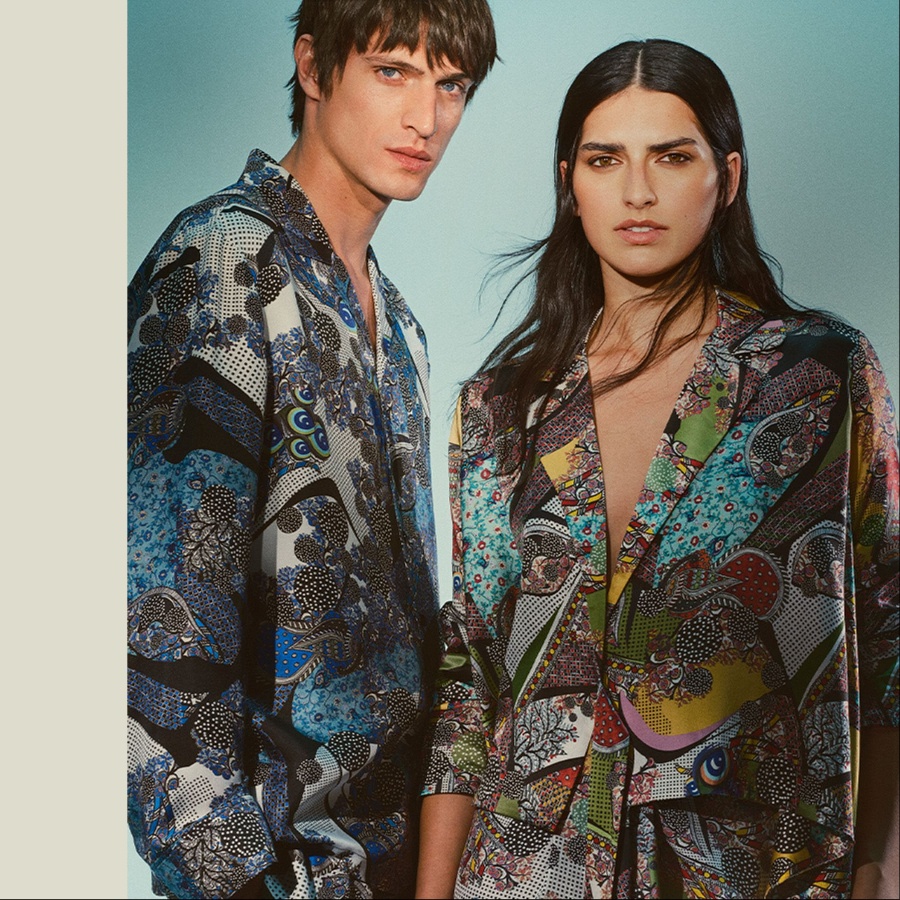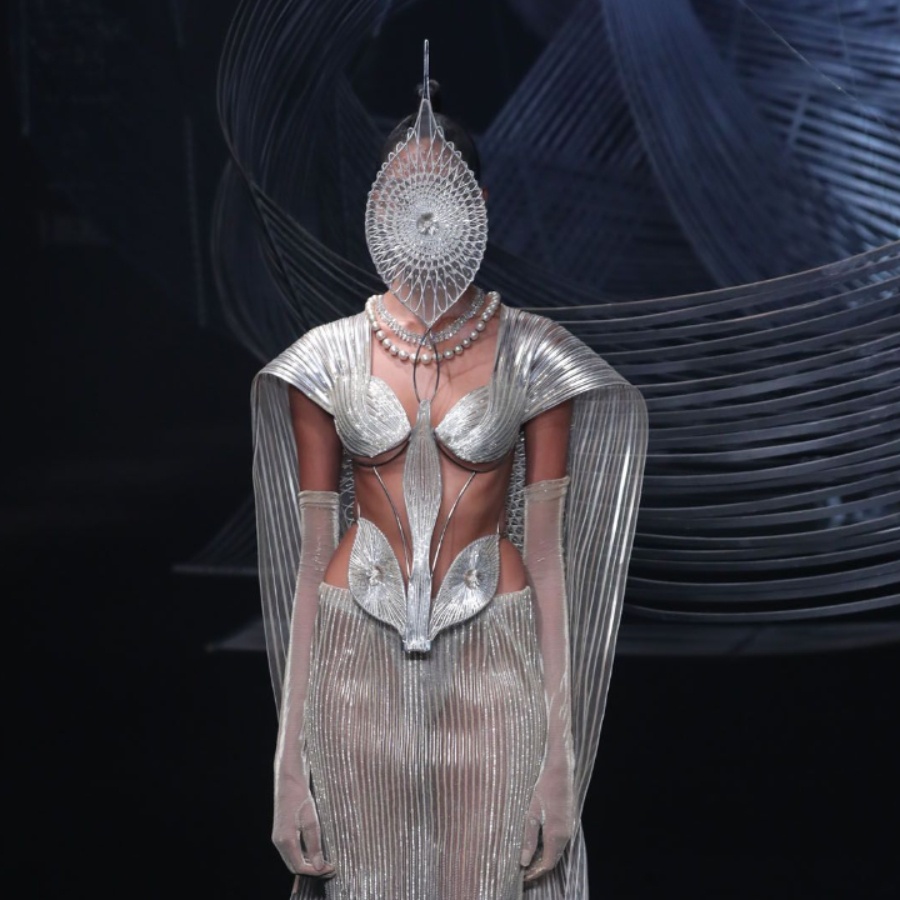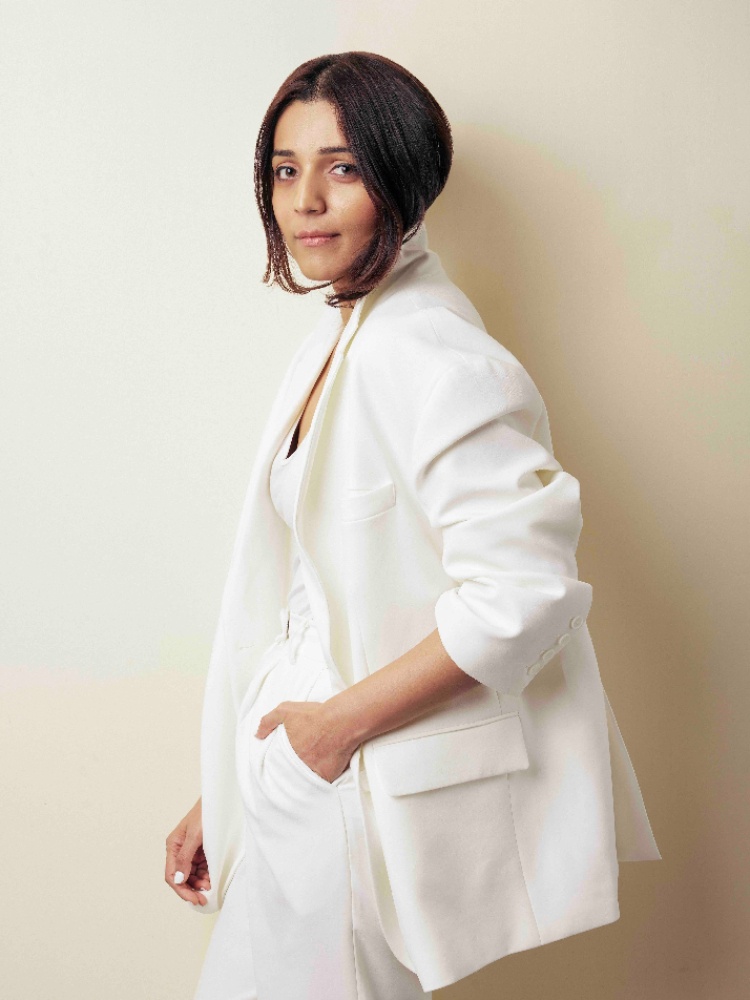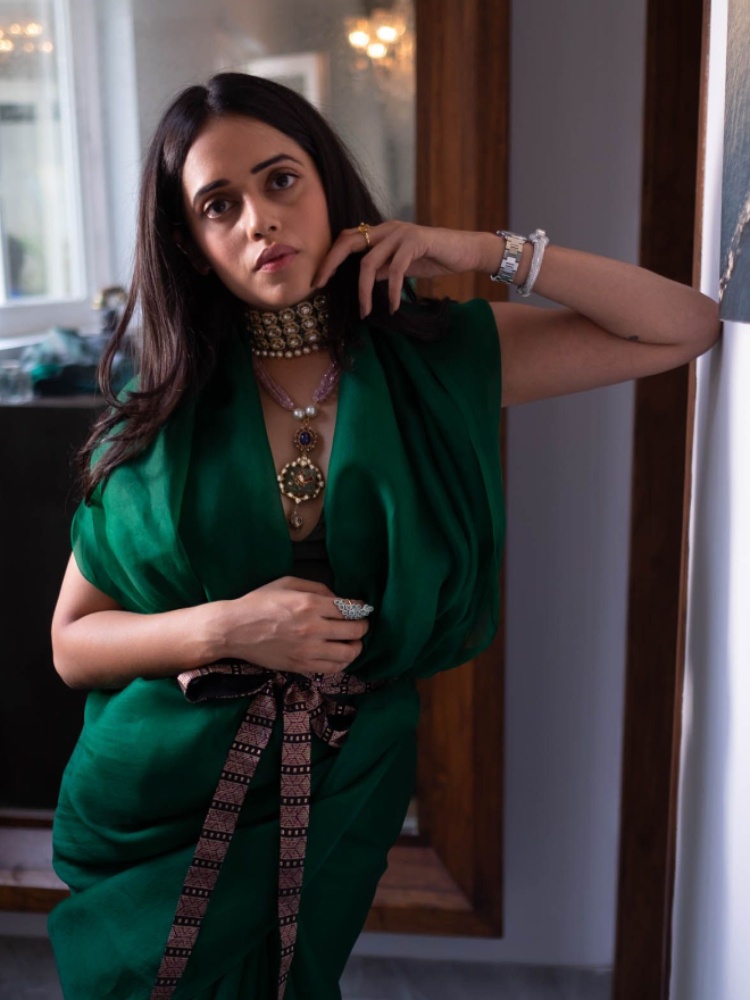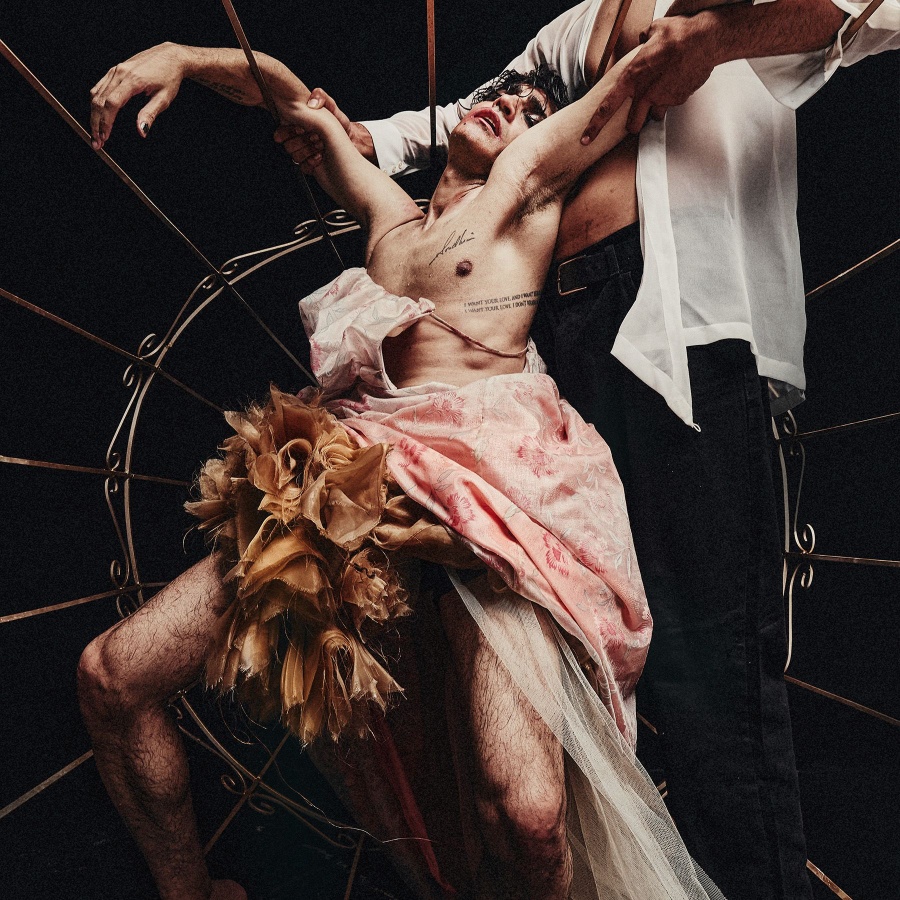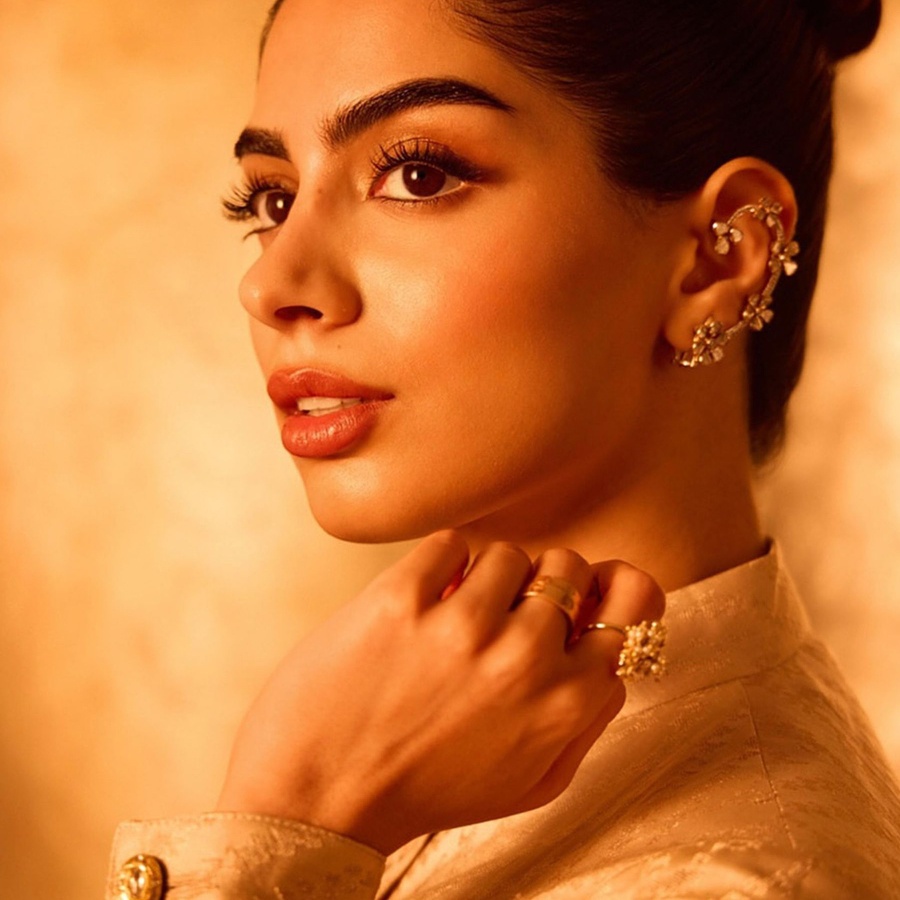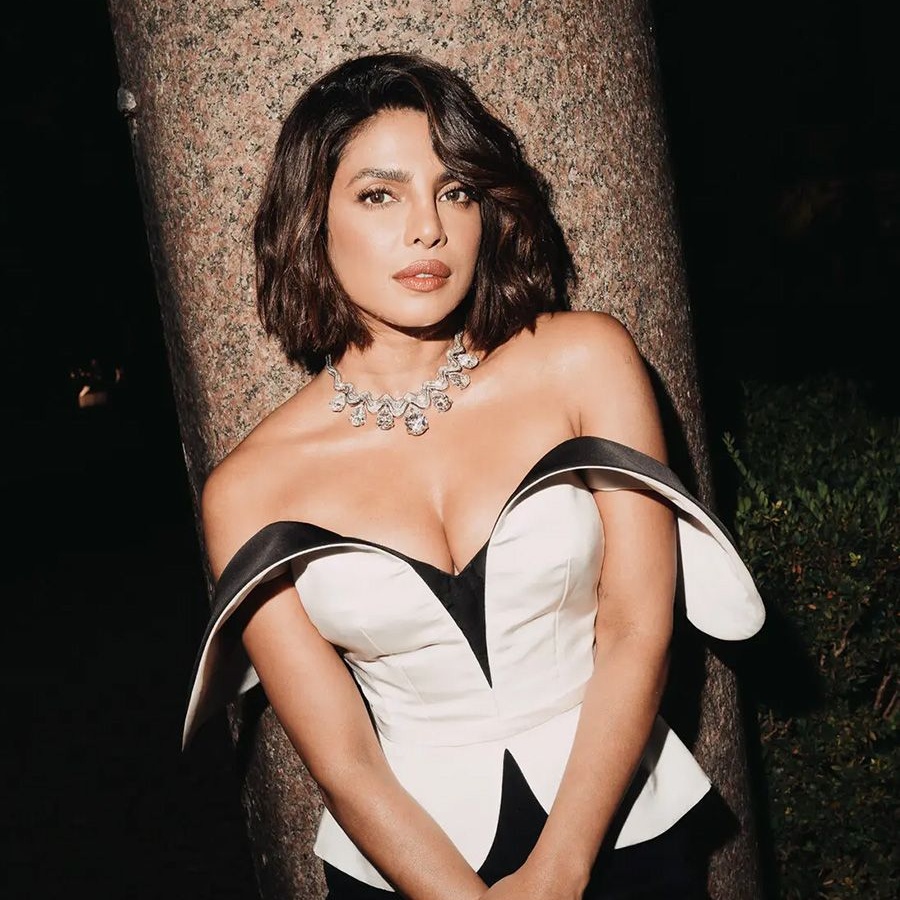Palak Shah and Shweta Kapur were friends before they became collaborators. Listening to them speak about their new festive collection, Ekaya x 431-88, you can tell the pair had a lot of fun creating together. There are mentions of multiple trial sessions, long conversations, and a memorable, whirlwind trip to Benaras (where the brand Ekaya is based) to shoot the final campaign images. The two have a lot in common: Besides choosing the same line of work, both of them are based in Delhi, and even started their respective labels in the same year: 2012. That year, Shah graduated with a business management degree from King’s College, London, and came back to join her family’s textile manufacturing business and launch their handloom focussed label, Ekaya. Meanwhile Kapur, a graduate from the London College of Fashion, had just finished working for labels such as Burberry and Abu Jani Sandeep Khosla before founding her contemporary, women’s ready-to-wear label, 431-88. In the years since, both women have built on a shared vision of translating Indian clothing through a contemporary lens. Their new collaboration captures that idea as Ekaya’s supple Benarasi textiles meet Kapur’s sensual and distinctly urban design language for an expansive line of pre-draped saris (one of Kapur’s signature pieces), blazers, kurtas, co-ord sets and more.
Ahead, the two speak to The Nod about working together.
How did this collaboration come about?
Palak Shah: I’ve always resonated with Shweta’s sense of style and we've known each other since our early days in fashion. I used to say that I would never make a pre-draped sari, but if I did, it would be with Shweta. She’s not distorted or bastardised the sari, she’s simply made it better. It also captures who she is as a person; well-travelled but rooted to where she comes from. That’s what made this the perfect marriage.
Shweta Kapur: I usually work with fabrics like satin and jersey, so this was the first time I was actually able to design a handloom textile from scratch, thanks to the team at Ekaya. But honestly what was more exciting was the fact that the brand is run by a woman. I feel like when women design for women, there can be such a strong voice. Both of us tried all the samples, wore them to see if they were comfortable and easy. Because these pieces are sexy but they’re not shouting for attention.

PS: You know it’s funny how everyone thinks a pre-draped sari is easy to make—just pleat the sari, zip it up, and go. But while working together we realised there’s actually so much technicality that goes into making the silhouette, there’s real engineering required to make sure it falls correctly, just like there is in making textiles.
SK: There were a few different fabrics that we tried but while some looked beautiful, they just didn’t drape correctly. So the learning definitely went both ways.
The first time you made a pre-draped saree, did you have a pattern you could follow?
SK: Honestly, I had 10 minutes, nothing to wear, some fabric lying around and a tailor who was able to stitch it into something. That was it really. But I still wanted it to look like a sari, not a gown or a dress.
Apart from the pre-draped saris, there are also separates like co-ord sets, kurtas, or blazers. What was the thought behind those?
SK: We went a little crazy. We were supposed to make 12 pieces but we ended up designing around 64. I wanted people to be able to mix and match the pieces but also feel good to have at least one thing from the collaboration in their wardrobe. The idea was that if you ever find yourself thinking that you have nothing to wear, you should reach for something from here.
PS: Yes, for the future of Indian textiles, you have to adapt to the market. I want to try and reach a wider audience and show people the real capabilities of Indian textiles. In order to do that, you have to present them in a way that everyone can understand, not just as saris that they will keep for a wedding. The larger goal after all is to give the weavers more work.

